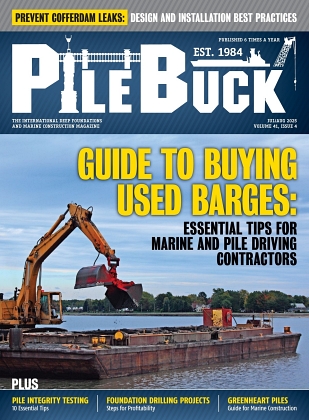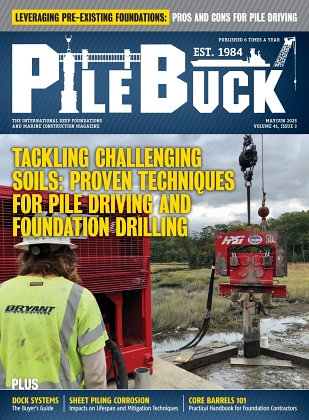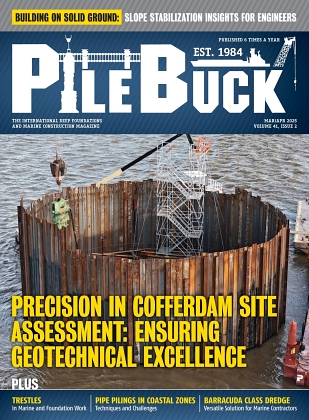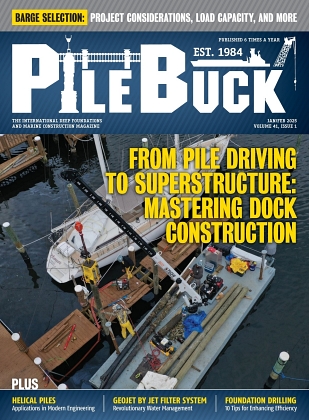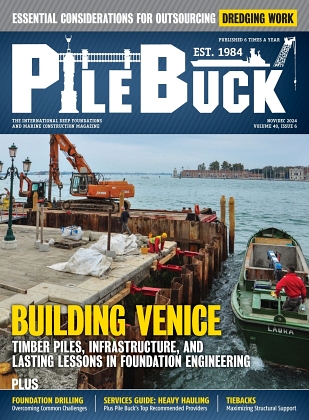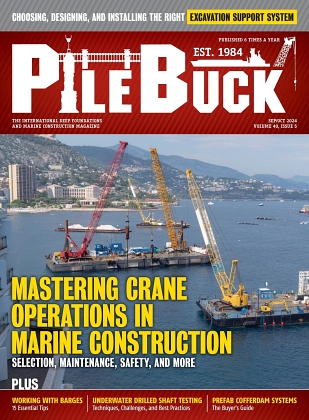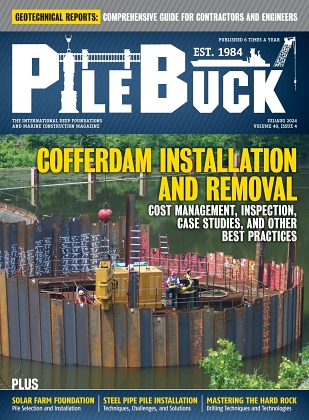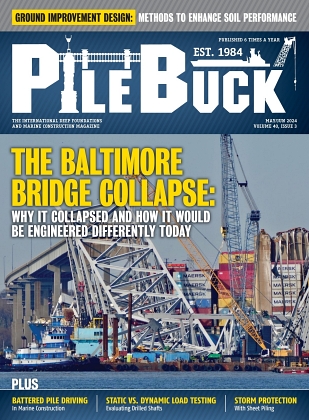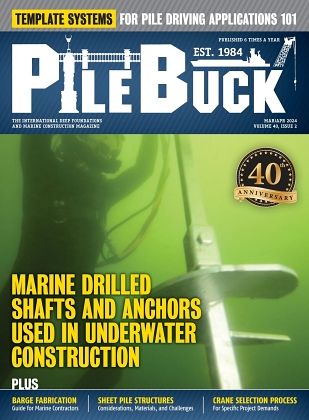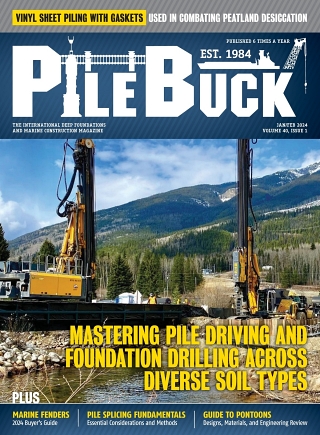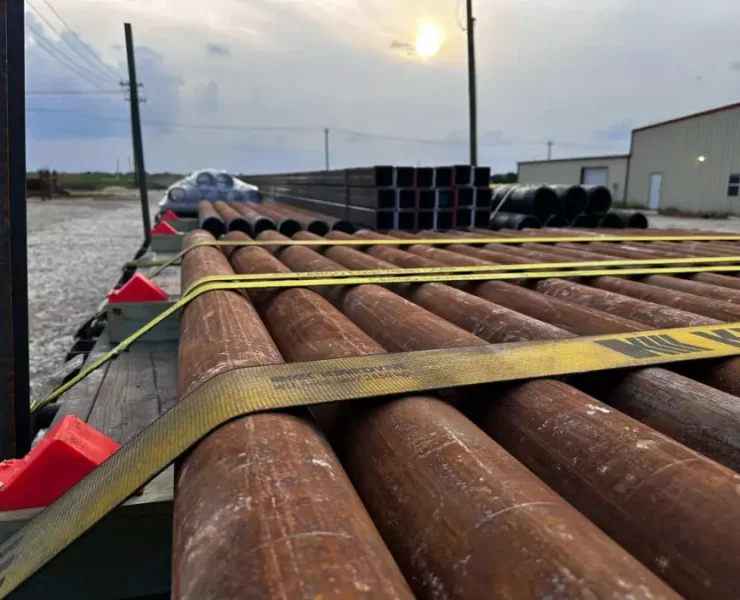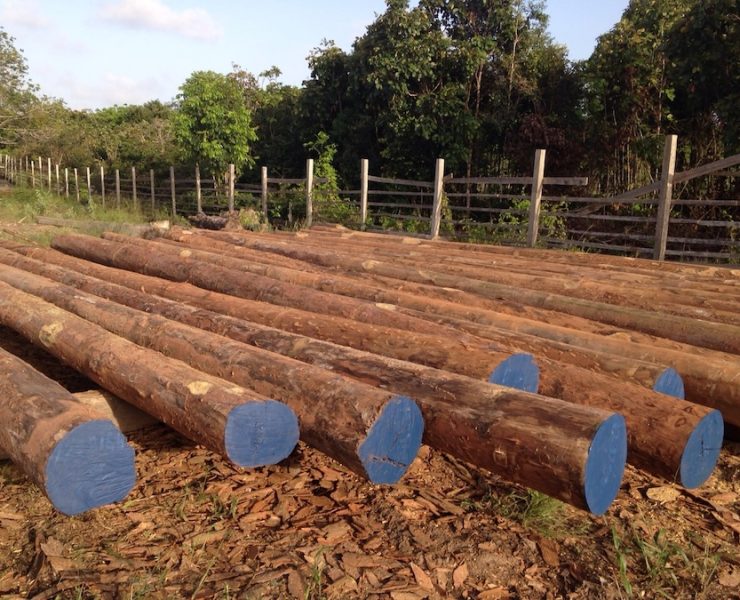Safe Sheet Pile Handling: Innovations In Threaders And Shackles For Piling Operations
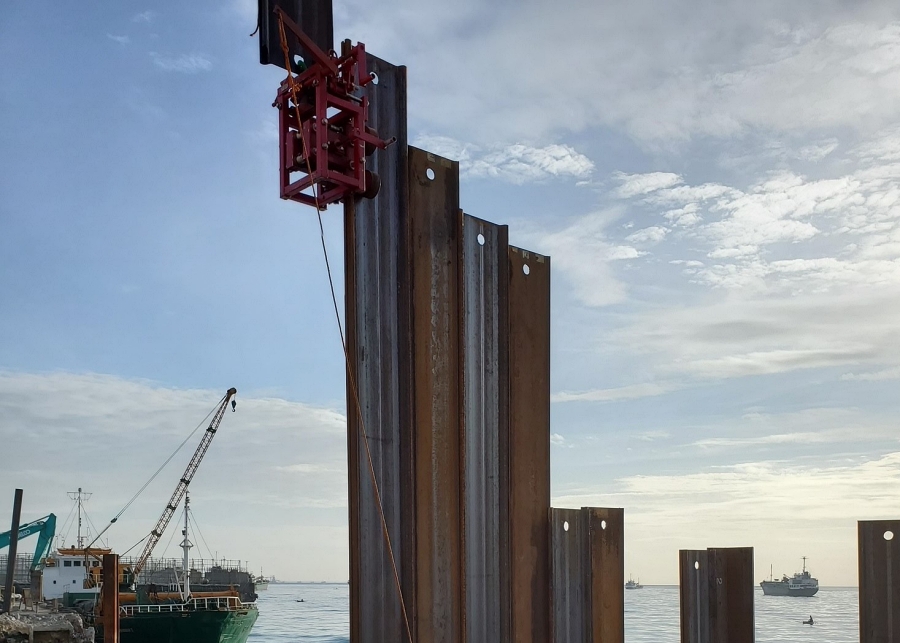
Sheet pile installation has always demanded a careful balance of precision, control and safety. Heavy steel sections, complex interlocks, challenging site conditions and high energy driving equipment leave little room for error. As construction firms adopt new technologies and modern handling methods, the industry has seen meaningful progress in reducing worker exposure and improving operational efficiency. Among the most significant improvements are the advancements in threader systems and ground-release shackles, both designed to keep workers on the ground and out of hazardous elevated positions. These innovations reflect a wider shift across the piling sector toward safer work practices supported by engineered equipment that minimizes risk.
Understanding Sheet Pile Handling Risks
The Inherent Challenges in Lifting and Positioning
Sheet piles are typically produced in steel “U”, “Z” or straight web profiles. Their interlocks allow them to form continuous walls used for excavation support, flood protection, cofferdams, quay walls and similar structures. Although their function is straightforward, handling them safely is not. Stacking, lifting, aligning and driving these long and heavy sections present some of the highest exposure points for workers on a job site.
The handling process begins long before a crane engages the first panel. Storage conditions influence the straightness and interlock integrity of the sheets. Even minor damage can complicate the driving sequence or compromise wall stability. Lifting introduces its own set of risks, especially if a worker must approach the top of the sheet pile to connect or release a lifting device. When this happens repeatedly throughout a project, the exposure multiplies.
Because most sheet piles are driven vertically and often exceed dozens of feet in length, traditionally a “top man” was required to stand on the wall or frame to guide the interlock and ensure proper alignment. This elevated position is unsafe by nature and has long been a target for improvement across the industry.
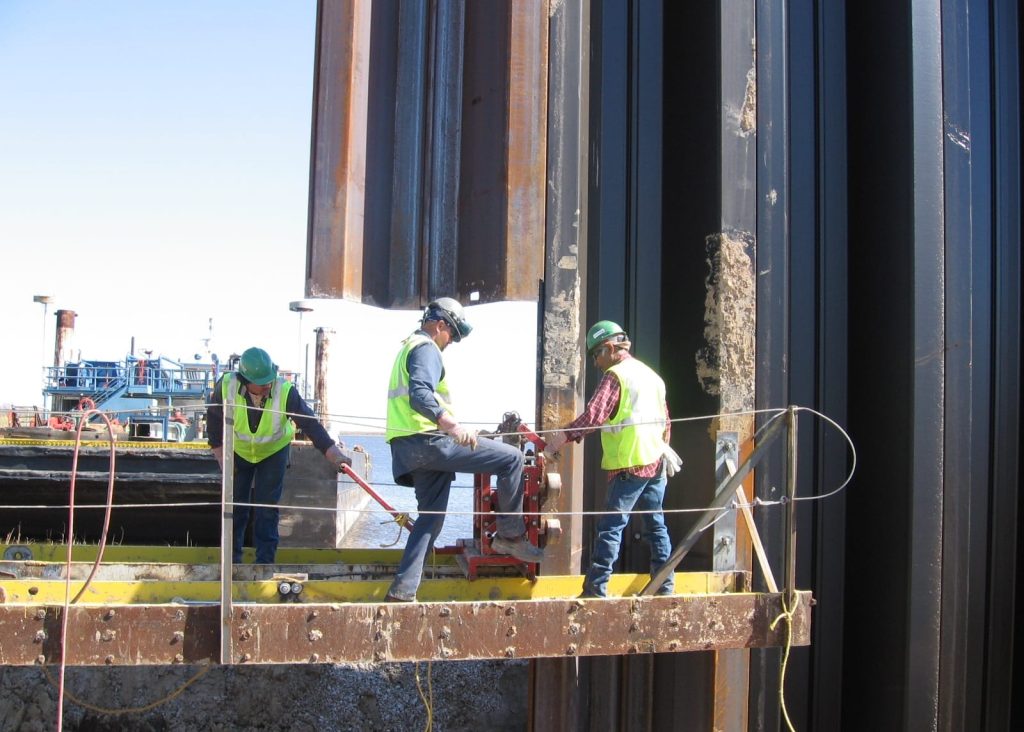
How Threader Systems Change The Process
A Transition Toward Ground-level Interlocking
Threader systems represent a major step forward by allowing crews to interlock sheet piles while operating at ground level. These frames guide the next sheet into place so the interlock can engage without a worker climbing above the pile. This simple shift brings several advantages. It reduces fall hazards, simplifies staging requirements and eliminates the need for temporary platforms or ladders. It also streamlines the sequence of presenting, aligning and driving sheets, since the equipment maintains consistent positioning that would otherwise rely on manual adjustment.
Threaders are designed to accommodate a wide range of profiles including Z sections, straight web piles and many U sizes. That flexibility allows a single frame to support multiple project types, minimizing changeover time. Their greatest benefit, however, remains the ability to remove a worker from an elevated and hazardous task. This aligns with modern safety goals across the industry and complies with stricter handling requirements on many job sites.
Productivity Improvements Created by Consistent Alignment
Driving efficiency increases when the interlock engages correctly on the first attempt, and threader systems help make that consistency possible. Reduced time spent adjusting piles or reengaging misaligned interlocks leads to smoother production runs across the entire wall. Many contractors report faster installation cycles when threaders are used, since the workflow becomes more predictable and crane time is used more effectively.
Contractors focused on modernization often evaluate advanced piling equipment to support safer handling and more reliable installation outcomes.
Ground-Release Shackles And Their Impact
Eliminating the Need to Climb for Release
Ground-release shackles have become a vital companion to threader systems because they allow the lifting device to be disconnected from ground level after the sheet pile has been positioned. Traditional shackles required physical access to the top of the sheet to remove the connection, which reintroduced the same elevated hazards threaders were meant to eliminate.
Modern ground-release units rely on a mechanical release system operated from below. Once the pile is stabilized within the driving frame or the vibratory hammer, the operator activates a rope or release line that disengages the shackle without anyone leaving the ground. This reduces fall risks, saves time during repetitive cycles and ensures the release step is consistent from sheet to sheet.
Safety and Inspection Considerations
Although these shackles significantly improve safety, they must be used under proper inspection routines. Safe working load ratings, condition of the forks, alignment of the lifting hole and release line management are all critical to reliable operation. They are lifting devices, which means they must be inspected regularly, documented appropriately and matched correctly to the weight and profile of the sheet pile.
When planning equipment needs, many teams review specialized lifting solutions to ensure proper integration with their sheet pile profiles and project requirements.

Integrating Threaders And Shackles Into A Unified Workflow
Handling, Staging and Lift Planning
Safer sheet pile handling begins with how the materials arrive on site and how they are stored. Straightness, interlock condition and accessibility all affect the success of the driving sequence. Using proper supports, spacing and non-metallic straps prevents avoidable damage that could disrupt installation.
From there, lift planning becomes essential. Identifying the correct lifting points, matching equipment capacities, establishing communication protocols between crane operators and ground crews, and documenting the sequence of operations all play a role in minimizing risk. When threaders and ground-release shackles are included in the plan, the workflow becomes more controlled because the equipment replaces several historically manual steps.
Driving Efficiency Supported by Ground-level Operations
Once installation begins, the combined benefits of the threader and the ground-release shackle become clear. Interlocks engage smoothly from ground level, piles can be released safely and consistently, and the driving equipment can work continuously without waiting for a worker to reach or leave an elevated position. The process gains predictability, and the risk of struck-by or fall incidents drops significantly.
As the wall progresses, verticality checks and interlock inspections ensure quality control. With fewer manual interventions at height, workers remain safer without sacrificing precision.
The evolution of sheet pile handling has been shaped by the push for safer and more efficient job sites. Threader systems and ground-release shackles are two of the most impactful innovations supporting this shift. By allowing crews to interlock, lift and release sheet piles entirely from the ground, they reduce exposure to fall hazards and streamline installation sequences. When paired with proper storage, inspection routines and documented handling procedures, these tools help contractors raise both safety standards and productivity. As more firms adopt these methods, sheet pile installation is becoming not only more efficient but also significantly safer for the workforce.


